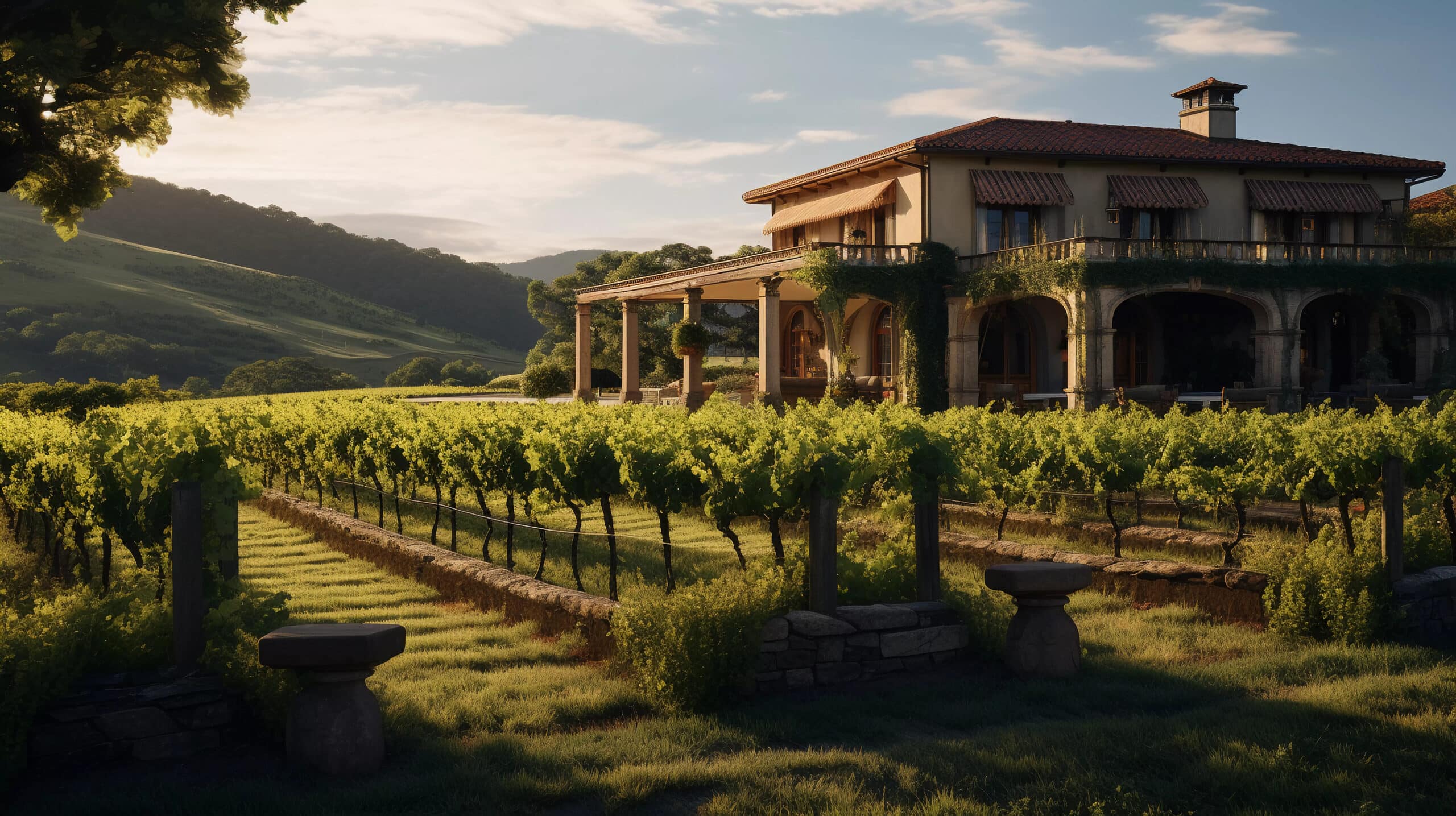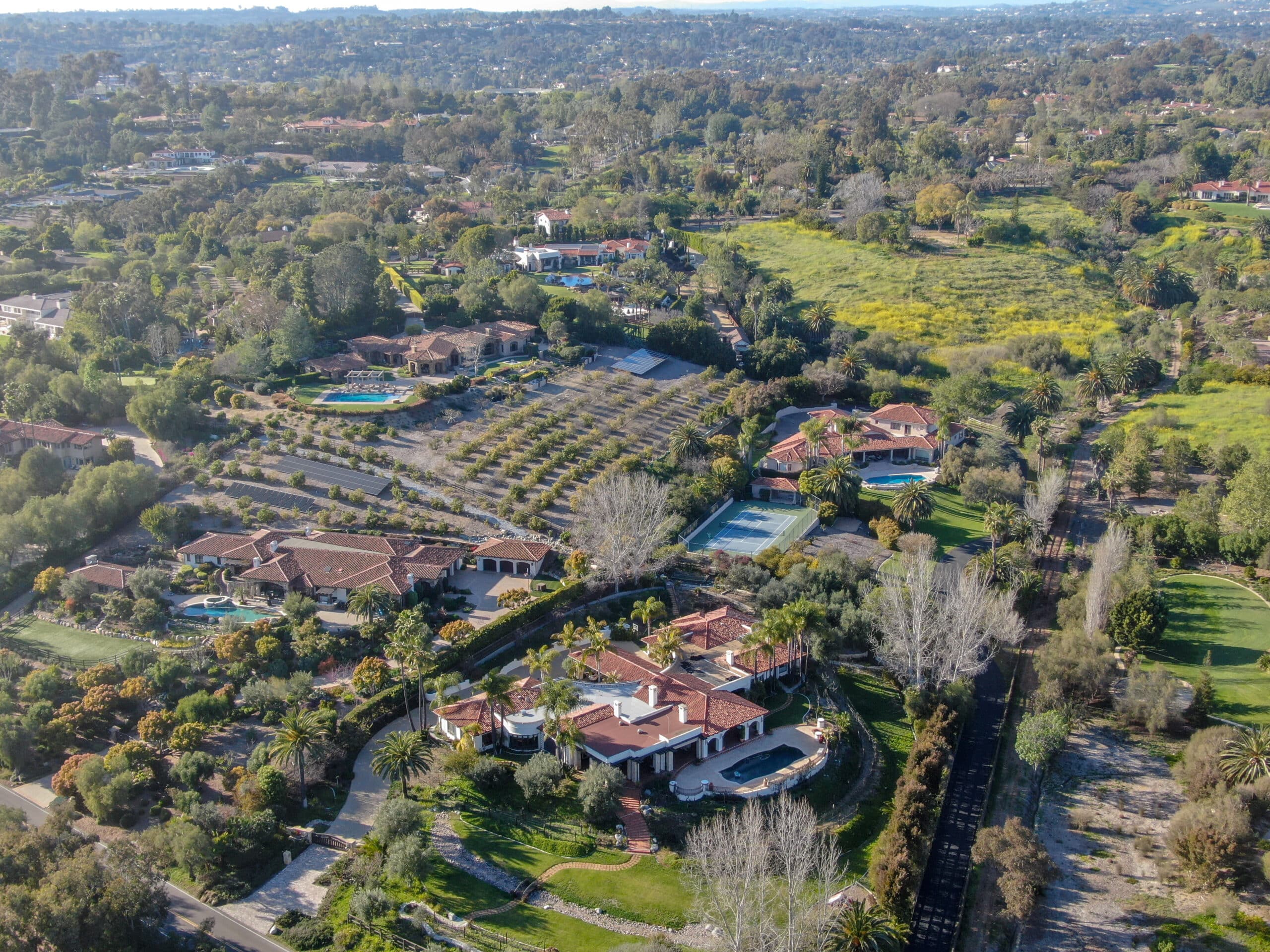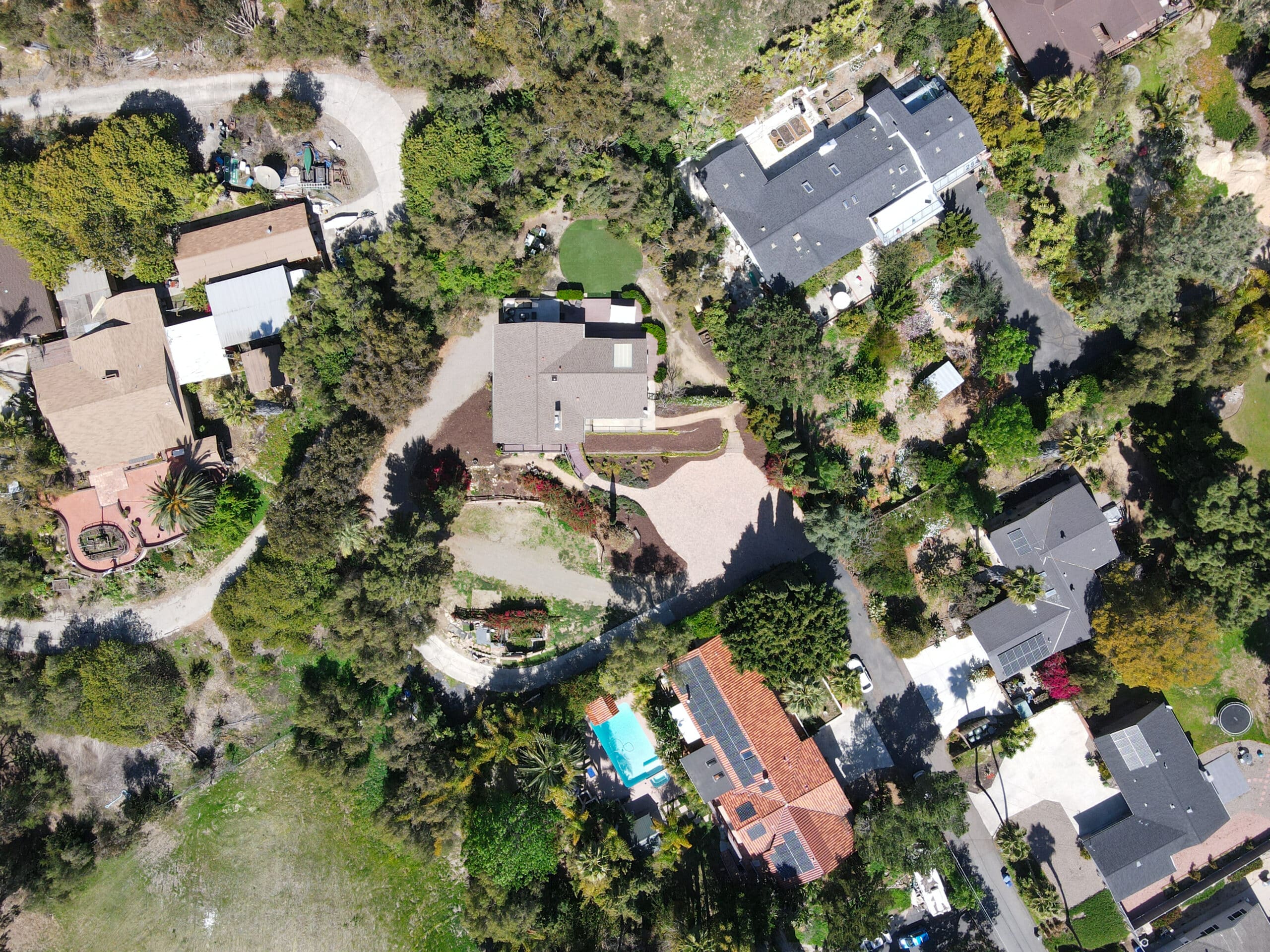Estimated reading time: 8 minutes
In the serene and affluent Napa Valley, where privacy and safety are paramount, comprehensive estate security plans are the cornerstone of tranquility. These plans go beyond standard security measures, integrating advanced technologies and strategic methodologies to ensure unparalleled protection. Tailored to the unique needs of Napa estates, these security systems encompass a wide range of features, from customized surveillance systems to insider threat assessments, each designed to offer a bespoke layer of security. This article delves into the five key features that define comprehensive Napa estate security plans, offering insights into how they safeguard the privacy and safety of these prestigious properties.
Table of contents
- Customized Surveillance Systems: Tailoring Technology to the Unique Layout of Napa Estates
- Advanced Access Control Systems: Ensuring Only Authorized Personnel Can Enter Sensitive Areas
- 24/7 Monitoring and Rapid Response: Guaranteeing Immediate Action in Any Security Situation
- Landscape and Perimeter Security: Utilizing Natural and Artificial Barriers for Enhanced Protection
- Insider Threat Assessments: Identifying and Mitigating Risks from Within the Organization or Estate
- Conclusion
Customized Surveillance Systems: Tailoring Technology to the Unique Layout of Napa Estates
Designing Bespoke Surveillance Solutions
For Napa estates, off-the-shelf surveillance systems often must provide the necessary coverage and sophistication. Therefore, security experts focus on designing bespoke surveillance solutions. This process begins with thoroughly assessing the estate’s layout, identifying potential vulnerabilities, and strategic points for camera placement. High-resolution cameras, motion sensors, and night vision capabilities ensure round-the-clock visibility across the estate. Moreover, advanced software algorithms detect unusual activities intelligently, distinguishing between false alarms and genuine threats.
Integration with Other Security Systems
A key aspect of customized surveillance systems is their seamless integration with other security components. For instance, motion detectors can trigger floodlights or alert the security team, while access control systems log entry and exit, correlating data with video footage. This holistic approach enhances the security posture, enabling a more coordinated and swift response to incidents. Integration also facilitates remote monitoring, allowing estate managers and security professionals to maintain vigilance from anywhere worldwide.
Privacy Considerations and Compliance
While implementing advanced surveillance systems, privacy concerns are paramount. Security planners must navigate the delicate balance between ensuring safety and respecting the privacy rights of residents and guests. This involves deploying cameras to monitor critical areas without intruding into private spaces. Additionally, compliance with legal regulations regarding surveillance and data protection is crucial. Estates often adopt policies governing footage storage, access, and sharing, ensuring surveillance practices adhere to ethical standards and legal requirements.
Advanced Access Control Systems: Ensuring Only Authorized Personnel Can Enter Sensitive Areas
Implementing Biometric and Smart Card Technologies
Advanced access control systems are pivotal in safeguarding sensitive areas within Napa estates. These systems ensure that only authorized individuals gain entry by employing biometric technologies, such as fingerprint, facial recognition, iris scanning, and smart card readers. Biometric systems offer a high level of security, as they are difficult to forge or bypass, compared to traditional lock and critical methods. Smart cards, which may contain cryptographic keys for additional protection, can be programmed with varying levels of access, allowing for customization based on the role and clearance level of the individual. This granularity in access control enhances security and provides for detailed entry and exit logging, aiding in audits and investigations.
Integration with Surveillance and Alarm Systems
The strength of advanced access control systems lies in their ability to integrate seamlessly with other security measures, such as surveillance cameras and alarm systems. When an unauthorized access attempt is detected, the system can trigger an alarm and lockdown of sensitive areas while simultaneously alerting the security team. Surveillance cameras integrated with access control points record all attempts at entry, providing visual evidence that can be invaluable during security assessments or in the aftermath of a security breach. This integration creates a comprehensive security network that preemptively addresses potential threats and responds rapidly when needed.
Remote Management and Real-Time Alerts
In the digital age, managing security systems remotely is indispensable. Advanced access control systems offer this capability, enabling estate managers and security professionals to monitor and control access points from any location. This includes remotely granting or revoking access rights, a feature particularly useful in dynamic situations requiring immediate action. Additionally, these systems can send real-time alerts to designated smartphones or computers, informing of unauthorized access attempts or system malfunctions. This instant notification allows for swift decision-making and action, further bolstering the security of Napa estates.
24/7 Monitoring and Rapid Response: Guaranteeing Immediate Action in Any Security Situation
Establishing a Central Monitoring Center
A central monitoring center is the heart of a 24/7 security operation, ensuring that Napa estates are constantly under surveillance. This facility has state-of-the-art technology allows security personnel to monitor live feeds from surveillance cameras, receive alerts from various sensors, and manage access control systems. Staffed by trained security professionals, the monitoring center can quickly assess situations and coordinate appropriate responses. Integrating artificial intelligence and machine learning algorithms enhances the efficiency of monitoring operations by identifying potential threats and anomalies, thereby minimizing the risk of human error.
Rapid Response Teams and Protocols
The capability of rapid response teams significantly determines the effectiveness of a 24/7 monitoring system. These teams are on standby around the clock, ready to be dispatched immediately to address any security breaches or emergencies. Equipped with the latest security gear and trained in crisis management, they can handle various situations, from intrusions to medical emergencies. Clear protocols are in place, detailing response strategies for multiple scenarios and ensuring team members act swiftly and cohesively. The rapid response mechanism is a deterrent in itself, as potential intruders are aware of the immediate action that will be taken against them.
Coordination with Local Law Enforcement
An essential feature of comprehensive security plans involves establishing solid ties with local law enforcement agencies. This collaboration ensures that additional support is readily available during a severe security incident. Coordination efforts include sharing intelligence, joint training exercises, and developing integrated response plans. Such partnerships not only enhance the security of Napa estates but also contribute to the overall safety of the surrounding community; by working closely with law enforcement, estate security teams can quickly and effectively respond to incidents, leveraging external resources and expertise when necessary.
Landscape and Perimeter Security: Utilizing Natural and Artificial Barriers for Enhanced Protection
Strategic Use of Landscaping for Security
Landscape design plays a crucial role in enhancing the security of Napa estates. By strategically utilizing natural elements such as trees, shrubs, and terrain, estates can create barriers that deter unauthorized access. For instance, thorny plants placed under windows or along perimeter boundaries are a natural defense mechanism. Similarly, the thoughtful placement of trees and bushes can obstruct the line of sight from outside, providing privacy while complicating potential intruder efforts. Additionally, landscaping can be designed to direct foot traffic towards monitored entry points, funneling visitors and reducing the likelihood of undetected access.
Incorporating Artificial Barriers and Security Features
Alongside natural landscaping, artificial barriers such as fences, gates, and walls are integral to perimeter security. These structures serve as the first line of defense, creating a physical barrier that protects against intrusion. Advanced security features, including motion sensors, CCTV cameras, and alarms, can be integrated into these barriers for enhanced security. For example, vibration detection systems installed in fences can alert security personnel to any attempts at climbing or tampering. Gates equipped with access control technologies ensure that only authorized vehicles and individuals can enter the estate, further securing the perimeter.
Lighting and Visibility
Adequate lighting is a critical component of landscape and perimeter security. Well-placed lighting enhances visibility around the estate, especially during nighttime, making it difficult for intruders to approach undetected. Motion-activated lights can startle potential intruders, drawing attention to their presence while signaling the security system to possible threats. Furthermore, lighting can be aesthetically integrated into the landscape design, ensuring that security measures do not detract from the estate’s appearance. Estates can achieve a secure yet welcoming environment by balancing aesthetic appeal and functionality.
Insider Threat Assessments: Identifying and Mitigating Risks from Within the Organization or Estate
Conducting Comprehensive Background Checks
To mitigate risks from within, comprehensive background checks are a fundamental step in identifying potential insider threats. These checks are not limited to criminal records but also encompass financial history, references, and past employment verification, offering a holistic view of an individual’s reliability and integrity. More extensive vetting may be conducted for higher-sensitivity positions, including psychological evaluations and social media analysis. This thorough scrutiny ensures that all personnel, from estate staff to contractors, uphold the highest standards of trustworthiness, significantly reducing the risk of insider threats.
Continuous Monitoring and Behavioral Analysis
Even after initial vetting, continuous monitoring, and behavioral analysis are crucial in detecting potential insider threats. This involves observing changes in behavior, financial distress, or unauthorized access to sensitive areas. Security systems with advanced analytics can flag unusual activity, prompting further investigation. Moreover, fostering a culture of security awareness among staff encourages reporting suspicious behaviors. It enhances collective vigilance. Regular security audits and access reviews ensure that employees only have the necessary permissions for their role, minimizing opportunities for internal breaches.
Developing a Responsive Insider Threat Program
A compelling insider threat program is proactive and responsive, equipped to deal with potential risks swiftly and efficiently. This program includes clear policies and procedures for responding to detected threats, ensuring that actions are taken legally and ethically. Training staff on the importance of security and recognizing potential insider threats is critical, as is establishing clear channels for reporting concerns. Regular drills and exercises can also prepare the team for various scenarios, ensuring the estate is well-equipped to respond to insider threats. By maintaining a comprehensive insider threat program, estates can significantly enhance their overall security posture, protecting against risks from both external and internal sources.
Conclusion
In conclusion, the security of Napa estates requires a multifaceted approach that addresses potential threats from all angles. Estates can create a robust security infrastructure by implementing customized surveillance systems, advanced access control, round-the-clock monitoring with rapid response capabilities, and strategic landscape and perimeter defenses. Additionally, insider threat assessments are critical in ensuring that risks from within are identified and mitigated effectively. Together, these measures form a comprehensive security plan that protects the privacy and safety of Napa estates, ensuring peace of mind for residents and property managers alike. In the ever-evolving landscape of security threats, staying ahead with innovative technologies and strategies is paramount. The commitment to implementing and continuously updating these critical features of comprehensive security plans underscores the importance of safeguarding against external and internal risks and maintaining Napa Valley’s reputation as a serene and secure haven.












